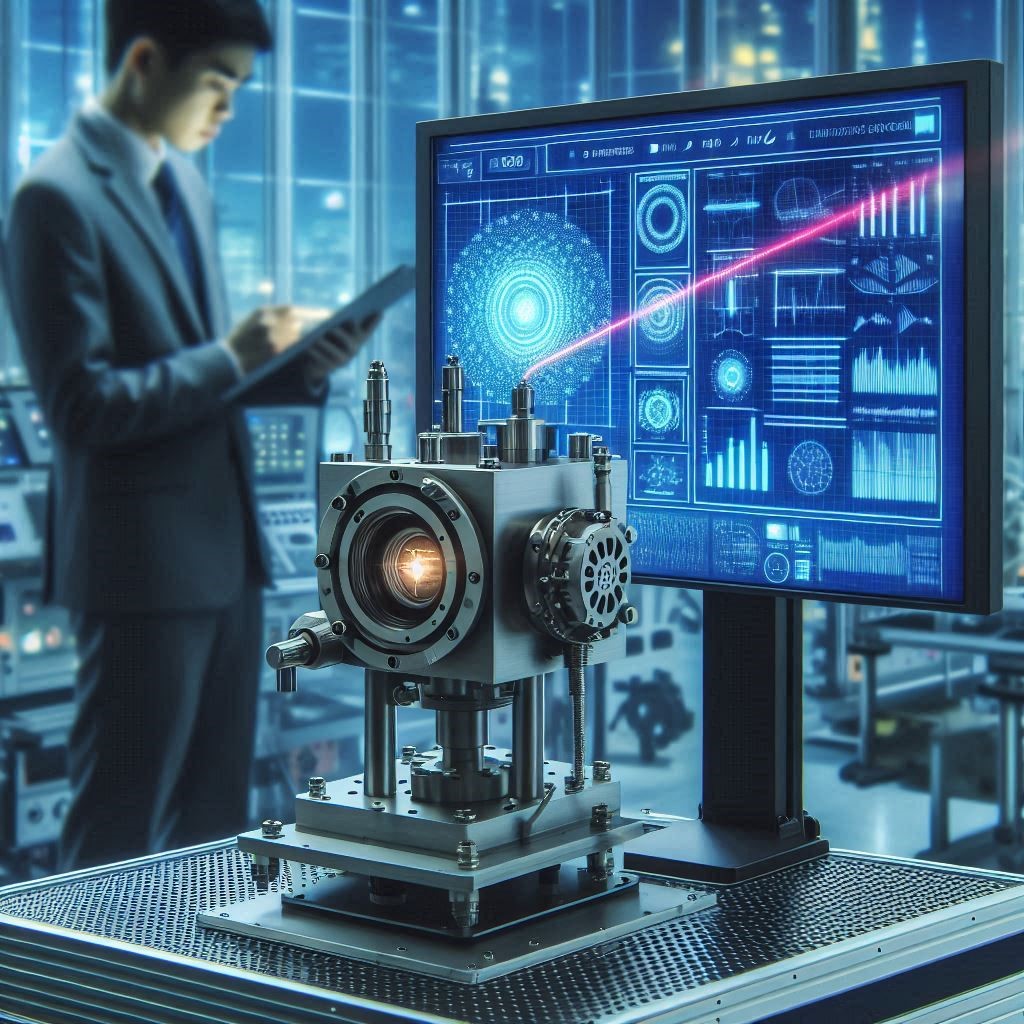The Tunable Diode Laser Analyzer (TDLA) industry is undergoing a major transformation, fueled by the integration of Artificial Intelligence (AI). Traditionally used for high-precision gas measurements in challenging industrial environments, TDLAs are becoming smarter, faster, and more autonomous. With the rise of Industry 4.0 and real-time data processing needs, AI is turning these analyzers into intelligent systems capable of self-diagnosis, predictive maintenance, and adaptive calibration—redefining their role across multiple sectors.
Understanding TDLA Technology
TDLAs operate by emitting a laser that is tuned to a specific wavelength absorbed by target gas molecules. The absorption pattern helps determine the gas concentration accurately and quickly. These analyzers are valued for their non-contact, in-situ measurement capabilities and low maintenance requirements. They are widely used in sectors like oil & gas, power generation, chemical processing, and environmental monitoring.
AI Enhances Measurement Precision and Responsiveness
By embedding AI algorithms, TDLAs can now adapt to dynamic process conditions, filter out measurement noise, and correct baseline drifts in real time. This is particularly valuable in combustion processes or emission control, where consistent accuracy is essential for safety, compliance, and efficiency. AI helps improve the precision of gas readings under fluctuating conditions, ensuring reliability even in harsh or fast-changing industrial environments.
Predictive Maintenance and Operational Continuity
AI enables predictive maintenance capabilities in TDLA systems by analyzing data trends to forecast potential component failures or performance degradation. This shifts maintenance strategies from reactive to proactive, minimizing downtime and reducing operational costs. With predictive analytics, operators can detect early signs of laser misalignment, optics contamination, or calibration drift, allowing timely interventions before failure occurs.
Download PDF Brochure @
https://www.marketsandmarkets.com/pdfdownloadNew.asp?id=120588467

Automated Calibration and System Optimization
AI-powered TDLAs can automatically calibrate themselves without manual input. These systems analyze environmental factors and operational history to dynamically adjust settings such as laser frequency and signal intensity. This self-optimization improves accuracy and reduces the frequency of manual maintenance tasks—key benefits for industries running 24/7 operations.
Integration with IIoT and Smart Infrastructure
The integration of TDLA systems with Industrial Internet of Things (IIoT) platforms and edge computing enhances their utility even further. AI allows these analyzers to share and interpret data in real-time across networks, improving process transparency, centralized monitoring, and remote diagnostics. This connectivity is especially beneficial in remote or hazardous locations, where physical access to devices is limited.
Expanding Applications Across Industries
Oil & Gas: AI-powered TDLAs are being used for flare gas monitoring, combustion efficiency, and hazardous gas detection in refineries and pipelines.
Power Generation: They ensure optimal combustion control in boilers and turbines, improving efficiency and reducing emissions.
Chemical and Petrochemical: AI helps maintain gas concentrations for process control and safety in reactors and storage units.
Environmental Monitoring: TDLAs provide accurate emissions data for regulatory compliance and air quality assessment, enhanced by AI-driven trend analytics.
Market Growth and Investment Drivers
The global TDLA market is experiencing significant growth, driven by industrial automation, regulatory pressures, and the broader push toward sustainable, digital operations. AI integration is further accelerating this growth, offering new revenue streams for vendors and increased operational value for end-users. The combination of smart analytics and robust hardware positions TDLAs as critical tools in the next generation of industrial measurement and control systems.
Challenges and Future Outlook
Despite the benefits, the AI-enhanced TDLA market faces challenges, including high initial costs, integration complexity, and cybersecurity concerns due to increased connectivity. However, continued investment in AI, data infrastructure, and sensor miniaturization is expected to lower barriers to adoption and expand use cases across new industries. The development of more compact, edge-capable, and cloud-connected TDLA solutions will likely define the next wave of innovation.
Conclusion: TDLA Enters the Era of Smart Sensing
Artificial Intelligence is revolutionizing the Tunable Diode Laser Analyzer industry. These devices are no longer just gas detectors—they are becoming smart diagnostic tools that support data-driven decision-making, improve efficiency, and enhance safety in complex industrial environments. As industries seek smarter and more autonomous solutions, AI-powered TDLAs are emerging as essential instruments for a future built on precision and intelligence.
Frequently Asked Questions (FAQ)
1. What is a Tunable Diode Laser Analyzer (TDLA)?
A TDLA is a gas measurement device that uses a laser tuned to a specific wavelength absorbed by the target gas. It provides real-time, non-contact, and highly precise gas concentration measurements in industrial environments.
2. How is Artificial Intelligence (AI) integrated into TDLA systems?
AI is integrated into TDLA systems through advanced algorithms and machine learning models. These allow for predictive maintenance, automated calibration, real-time error correction, and adaptive optimization based on environmental and process conditions.
3. What are the benefits of AI-powered TDLAs?
AI-enhanced TDLAs offer several advantages:
-
Improved measurement accuracy
-
Reduced maintenance costs
-
Enhanced system reliability and uptime
-
Remote monitoring and diagnostics
-
Predictive analytics for component wear or failure
4. Which industries benefit the most from AI-based TDLA systems?
Industries such as oil & gas, power generation, chemical manufacturing, petrochemicals, and environmental monitoring benefit the most, due to their need for continuous, accurate gas analysis in critical processes.
5. Can AI help reduce emissions using TDLA technology?
Yes. AI-driven TDLAs enable better control of combustion and gas processes, helping reduce harmful emissions by optimizing efficiency and ensuring regulatory compliance.
6. Is AI integration increasing the cost of TDLA systems?
While the initial investment in AI-powered TDLA systems may be higher, they offer long-term cost savings through reduced downtime, extended equipment life, and minimized manual intervention.
7. Are AI-based TDLAs compatible with existing industrial control systems?
Most modern AI-enabled TDLA solutions are designed to integrate with SCADA, DCS, and IIoT platforms, ensuring seamless communication and process automation.
